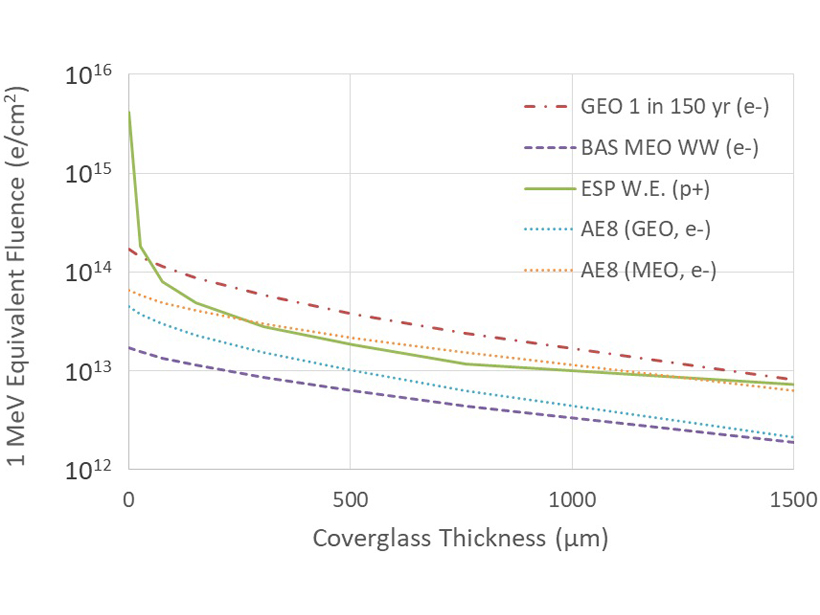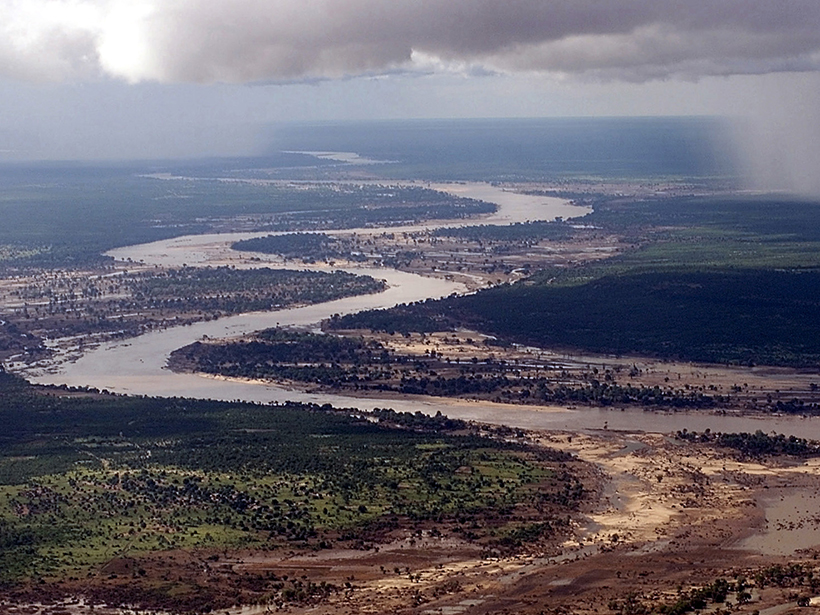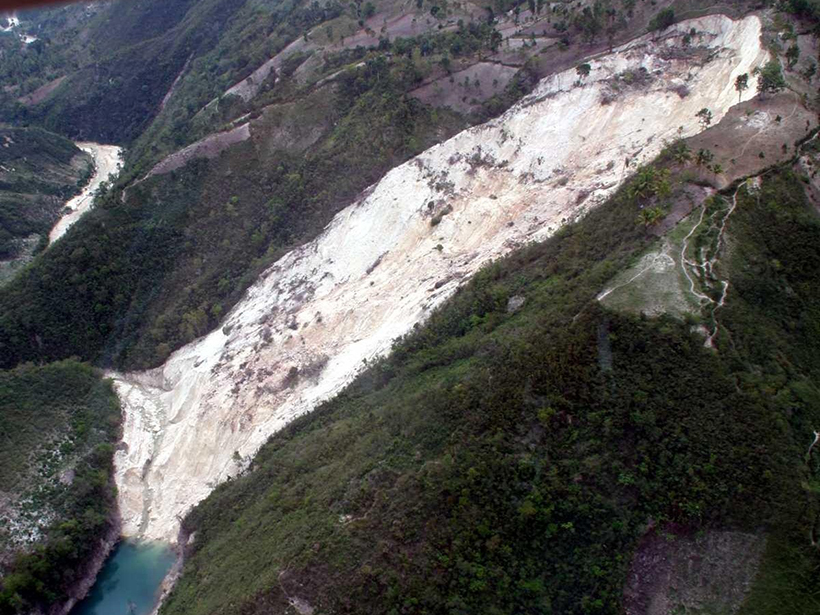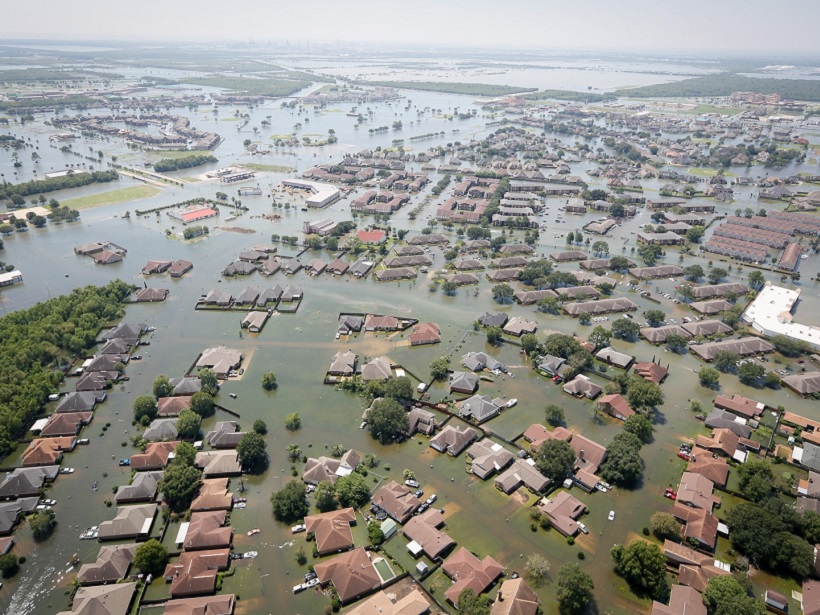A flood that thundered through eastern Nepal in July 2016 left a telltale seismic signature and caused more erosion than local monsoon rains, new research shows.
Hazards & Disasters
Wireless Frequency Sharing May Impede Weather Satellite Signals
The delivery of weather satellite imagery is reliable today, but will it stay that way in the future?
Double Threat to Solar Panels in Space
Protons accelerated in solar storms and electrons accelerated in geospace storms can reduce space mission lifetimes. What is the likelihood of extreme events during geospace storms?
Nations Work Together to Size Up Caribbean Tsunami Hazards
An international collaboration is using historical records and modeling to assess tsunami potential in this high-risk region.
Agencies Collaborate to Better Monitor and Model the Environment
Interagency Collaborative for Environmental Modeling and Monitoring: Monitoring and Model Data Fusion; Rockville, Maryland, 24–25 April 2018
Millions More Americans Face Flood Risks Than Previously Thought
A different modeling approach fills large gaps in the U.S. government’s flood risk estimates, revealing previously overlooked at-risk areas often surrounding small flood-prone streams.
Lessons from Mexico’s Earthquake Early Warning System
The devastating 2017 Puebla quake provides an opportunity to assess how citizens perceive and use the Mexico City earthquake early warning system.
Can We Build Useful Models of Future Risk from Natural Hazards?
Geoprocesses, Geohazards—CSDMS 2018: A CSDMS hosted Workshop; Boulder, Colorado, 22–24 May 2018
Landslides Send Carbon-Rich Soils into Long-Term Storage
Earthquake-triggered landslides move soils down steep slopes and deposit the sediments near rivers, sequestering the carbon contained within them for millions of years.
We Can Work It Out: Avoiding Disasters
Strengthening societal resilience by focusing on the interactions between natural hazards, the built environment, and human societies.










